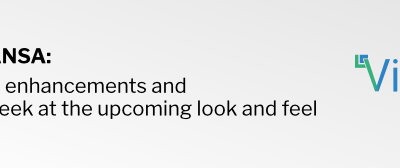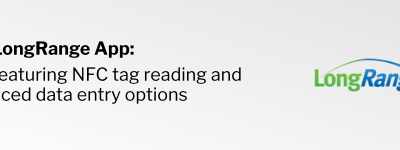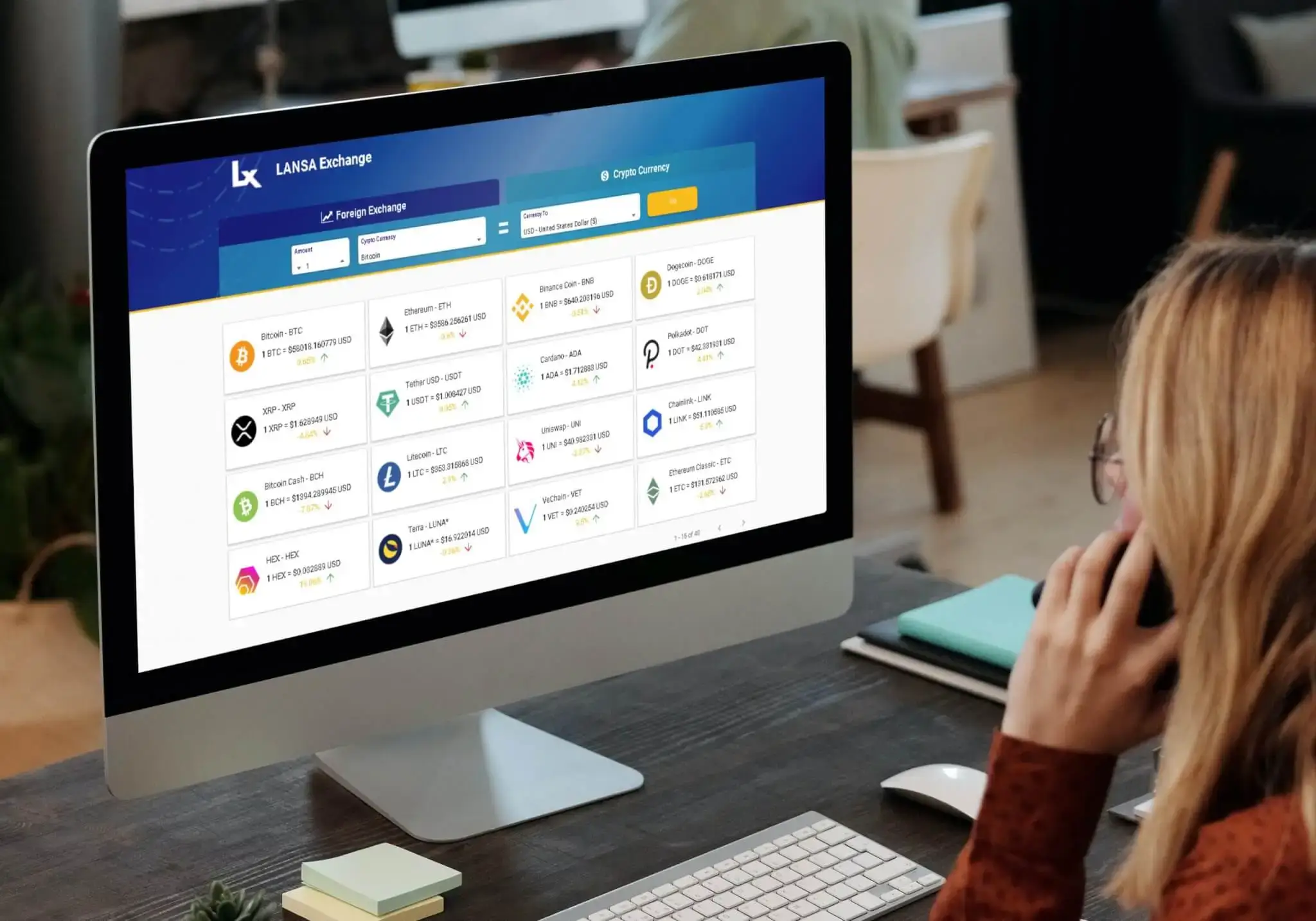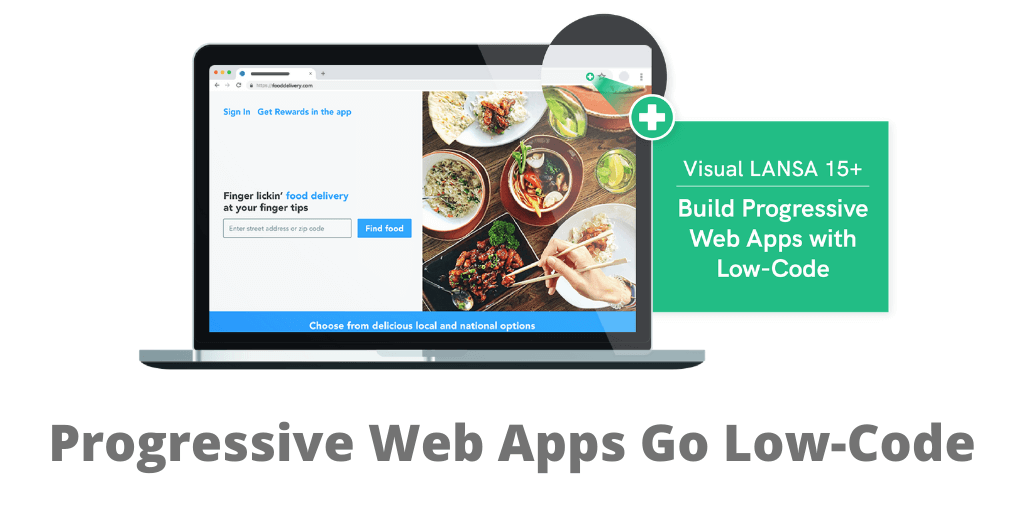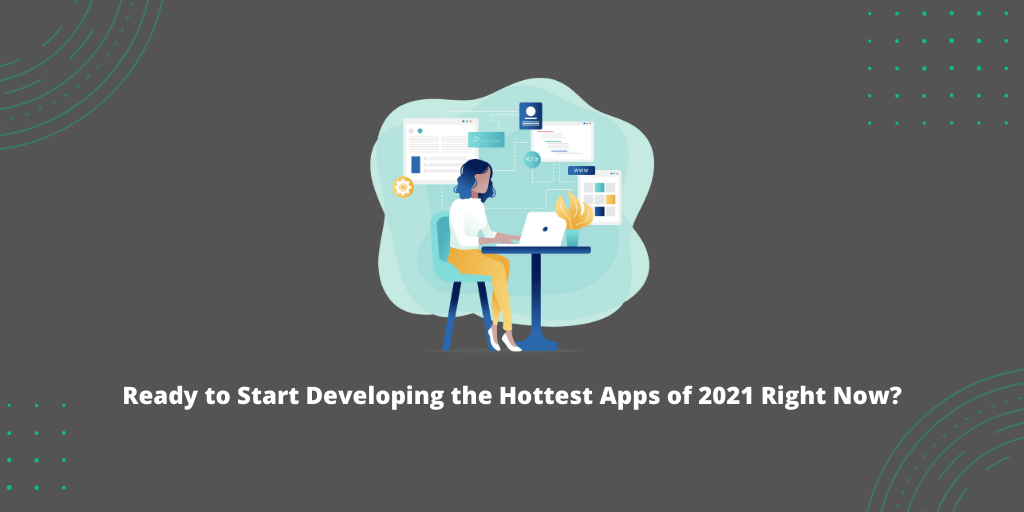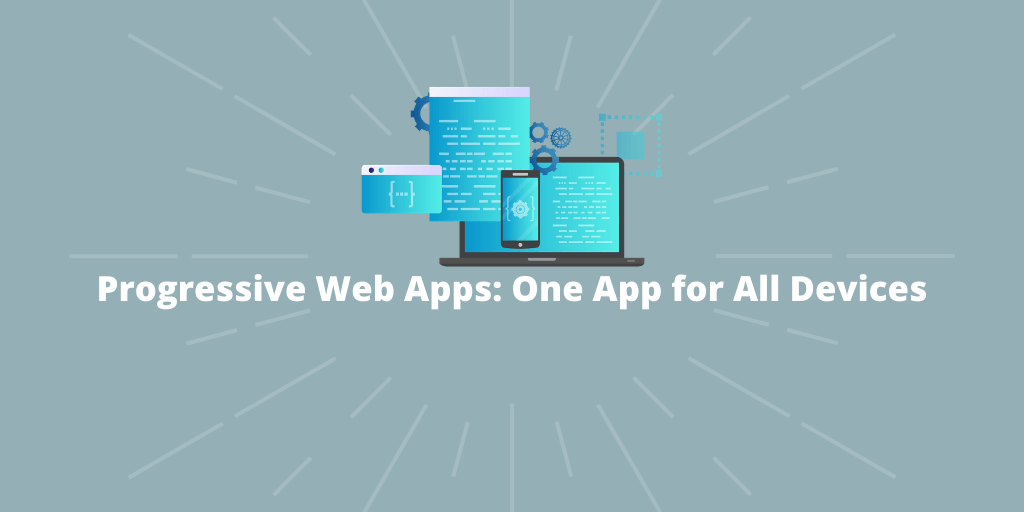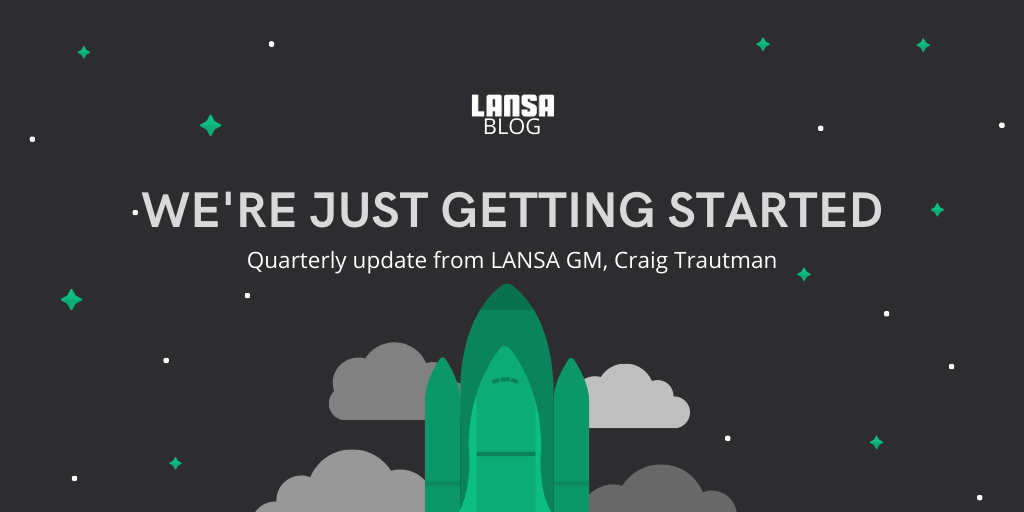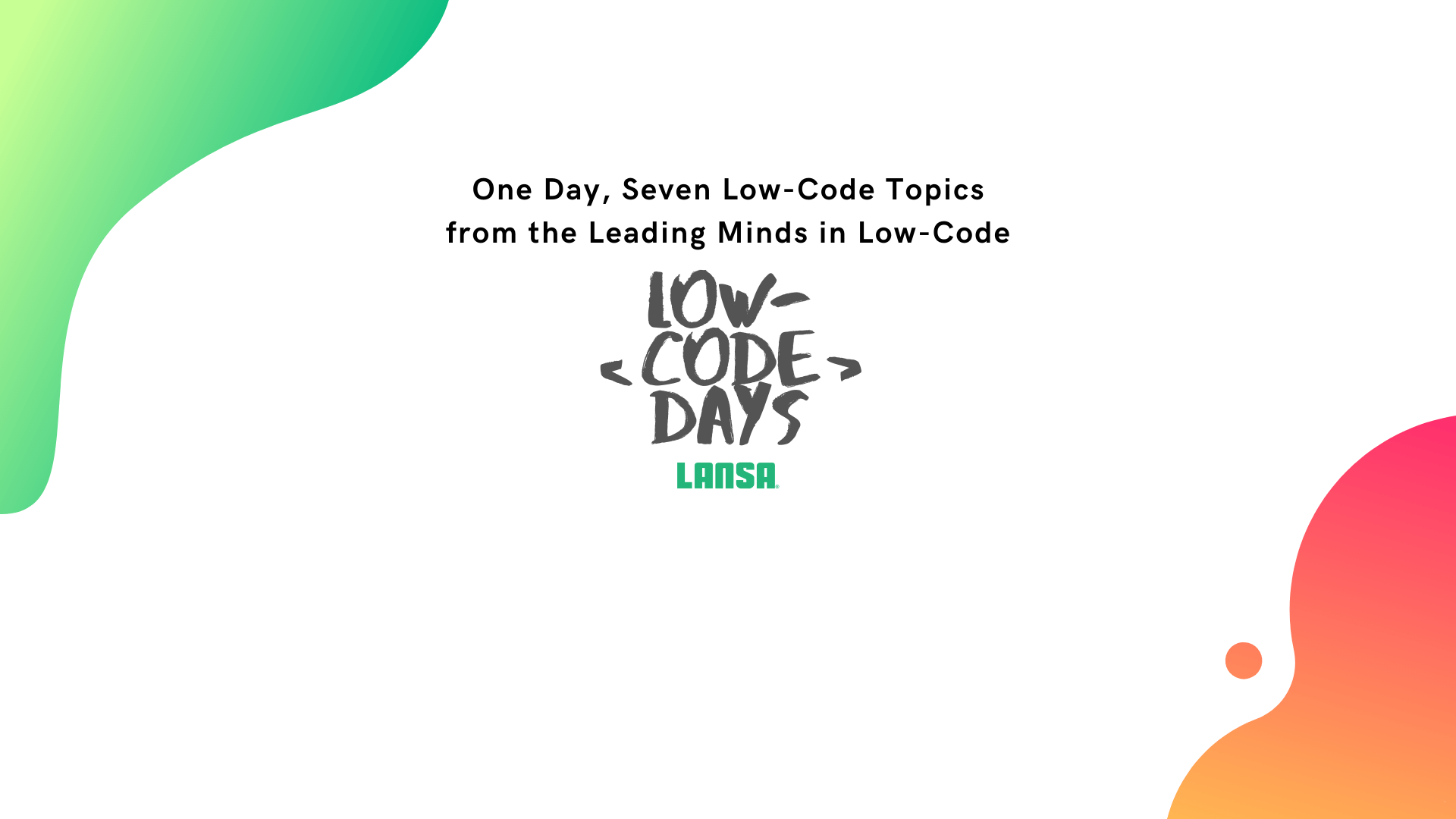The second annual iPulse Survey, organized by LANSA, ran during October 2011 and was promoted to the global IBM i community via email, social media and publicized by leading industry media outlets like Intelligencer Magazine, IT Jungle and MC Press Online.
This year’s survey attracted just over 1,500 participants worldwide, which is around 10% down from last year’s numbers. Although views this year were represented from farther afield, with responses received from over 70 countries – a 30% greater reach than last year’s survey.
The participants represented a cross-section of the industry whose job roles were as follows:
- Business Management – 22%
- Developer / Analyst – 40%
- Project Management – 17%
- Operations – 13%
- Other (vendor, journalist, consultant, etc) – 8%
This demographic snapshot revealed some significant changes compared to last year. Responses from Business Management were down from 36% to 22% with the major shift going to Developer / Analyst and Project Management roles.
Here are the results from our five key questions:
1. Is the future of your IBM i system under threat? The answer to this question will, once again, be one of the most anticipated results of the survey because there is still so much speculation and misinformation about the future of the platform.
Yet again the majority of respondents felt that the threat level to the platform was “low to none” and exactly the same minority of just 17% felt there was a high level of threat inside their organization. However, we did see a 4% shift from those stating that there was “no threat” to “low threat,” so that’s an interesting trend to monitor in future surveys.
The exact breakdown (represented as percentages of the total) is as follows:
- High – 17%
- Medium – 20%
- Low – 40%
- None – 23%
2. People’s future plans for their IBM i applications will, (as I stated last year) to some degree, correlate with how under threat the platform is felt to be. For instance, it is unlikely that the budget for continuing new development would be found in a high threat situation.
The overall survey results indicated that modernizing and continuing new development is still what the majority of organisations intend to do. Other results worth mentioning include a 2% increase in those organisations running in “maintenance mode” and a 1% reduction in those organisations planning to migrate their applications to another platform. The full results are as follows:
- 38% will continue to develop new applications on the IBM i
- 27% of applications are idling in maintenance mode
- 19% will modernize their existing applications
- 11% say they will migrate to another platform
- 5% say they are moving to a package
3. In last year’s survey we felt that the state of the economy would have a significant impact on the amount of money organisations were willing to invest in new software, and with nearly half of the respondents saying they had “zero” to invest this came as little surprise. But this year’s results have come as a surprise! The economy has taken various twists and turns over the past 12 months, although none that we would expect to influence budgets in a positive way. However, the results show that organisations are feeling more confident to make investments in software. The number of companies with a budget of zero reduced from 49% to 40% and there was a small increase in those willing to invest over $100,000 (up 1%).
- Zero to invest – 40%
- Less than $10,000 to invest – 18%
- Between $10,000 and $25,000 to invest – 14%
- Between $25,000 and $50,000 to invest – 9%
- Between $50,000 and $100,000 to invest – 9%
- Over $100,000 to invest – 10%
4. Each year we ask participants where their software budget would most likely be invested. With the market hype surrounding both Cloud and Mobile we decided to add these options. However, in order to keep the survey as short as possible, we removed the Utilities and Document Management categories.
The most popular investment category was again in the area of Application Development, in fact there was an increase from 26% to 30%. Close behind was Application Modernization, which also saw an increase from 23% to 25%. Investment in Cloud and Mobile solutions show small but significant investments, with 10% and 14% respectively. It will be interesting to measure whether these perceived high growth areas can maintain their momentum through 2012/13.
- Application Development – 30%
- Application Modernization – 25%
- Web Enablement – 21%
- High Availability and Disaster Recovery – 18%
- Business Intelligence – 17%
- Application Integration (B2B, EDI, FTP) – 14%
- Mobile – 14%
- Cloud – 10%
- Security – 9%
- Other – 18%
5. Finally, we asked participants to list who they perceived to be the leading vendors in the product categories we defined for them. Once again this was an optional section, with free-text entry rather than prompting, and therefore not a particularly scientific study. But vendors do like to know if they have become “top of mind” in their respective specialties, so this chart is always eagerly anticipated by the vendor community. Where product names were listed, these were changed to the appropriate vendor for said product. The data has also been normalized such that the score for, say, Vision includes their brand names like MIMIX and iTERA.
I have also indicated how this chart has changed compared to last year.
| 1st | 2nd | 3rd | 4th | 5th | |
| Application Development | LANSA (non- mover) |
IBM (non- mover) |
BCD (up 2 places) |
Microsoft (down 1 place) |
CA (down 1 place) |
| Mobile Platform | Apple | RIM | Microsoft | – | |
| Application Modernization | LANSA (non -mover) |
BCD (up 2 places) |
Look (down 1 place) |
IBM (down 1 place) |
Profound (non -mover) |
| Security | HELP/Systems (up 1 place) |
IBM (down 1 place) |
Enforcive (up 1 place) |
SkyView (new entry) |
Townsend (new entry) |
| Web Enablement | LANSA (non -mover) |
IBM (non -mover) |
BCD (non -mover) |
Zend (non -mover) |
Microsoft (non -mover) |
| HA / DR | Vision (non -mover) |
Maxava (up 1 place) |
IBM (down 1 place) |
Traders (non- mover) |
Microsoft (non- mover) |
| Business Intelligence | IBM (non -mover) |
SAP (non -mover) |
Oracle (new entry) |
Microsoft (non- mover) |
QlikView (non- mover) |
| Application Integration | LANSA (non mover) |
IBM (non mover) |
Oracle (up 1 place) |
BCD (new entry) |
Microsoft (down 2 places) |
| Cloud Platform | IBM | Microsoft | Amazon | Salesforce.com |
The content of this report and all data resulting from the iPulse Survey is the property of LANSA. This information and data set in whole or in part must not be reproduced, combined with other data or otherwise processed or published without written permission from LANSA. Such requests should be directed by email to . However, this information can be reproduced in the correct contextual format with a citation stating “Data Source – iPulse Survey 2011 – copyright LANSA.” So, journalists/bloggers, feel free to discuss pieces of this survey on your own Wwb/blog site, but then direct interested parties to this iOpener page (https://blog.wp.lansa.com/general/ipulse-2011-survey-results) for the full report and analysis.





